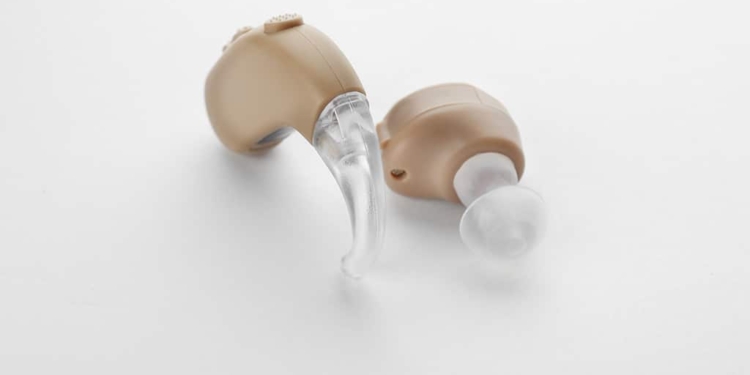Hearing aid technology has improved tremendously in the last two decades. Although the early designs of hearing aids were analog, most of today’s devices are digital. Digital hearing aids use advanced digital technology and can implement various types of algorithms including noise reduction, feedback cancellation, and statistical data logging. Capacitors are fundamental components in both analog and digital hearing aids, and their characteristics greatly influence the overall performance of a product. It is therefore crucial for circuit designers to ensure that they select the right capacitors when designing a hearing aid.
Key considerations in selecting capacitors for hearing aids
The circuit of a typical hearing aid device consists of a multi-stage sound amplification system, a microphone, a speaker, and a battery. Unlike general purpose electronic systems, hearing aid devices demand electronic components with special performance characteristics. One of the key considerations for these applications is the component size. The high volumetric efficiency and impressive performance characteristics of tantalum capacitors make them the preferred choice for today’s hearing aid devices.
One of the main uses of capacitors in hearing devices is signal filtering. For this use, high capacitance values are required. Miniature surface mount tantalum capacitors are commonly used for this application because they offer high capacitance values and therefore higher volumetric efficiency.
Conformally coated versus molded surface mount tantalum capacitors
The two most common types of surface mount tantalum capacitors are conformally coated and molded types. In terms of properties, both types have nearly identical electrical characteristics. Conformally coated components were commonly used in the early designs of hearing aid devices. For the new generation of devices, most manufacturers are now using molded capacitors.
One of the main reasons why molded surface mount capacitors are preferred for use in modern hearing aids is that they offer impressive size uniformity and repeatability. In comparison, conformally coated components lack these characteristics, and this irregularity in size (although minor) makes them less than ideal for high volume pick and place manufacturing lines.
Molded construction technology produces miniature tantalum capacitors with flat and smooth tops. This flat top design allows manual and automatic machines to pick the components with ease. For components that do not have smooth and flat tops, such as conformally coated devices, it is common for machines to miss them when picking them during assembly.
Different capacitor manufacturing technologies also yield different solder reflow conditions. These solder reflow characteristics significantly determine the overall reliability of a component. For a molded tantalum capacitor, the terminations of the component are specially designed to absorb thermomechanical stresses caused by solder reflow. Unlike molded tantalum components, conformally coated tantalum capacitors exhibit poor solder reflow response, and are disposed to thermomechanical stresses can result in the cracking and failure of the component.
After solder reflow, electronic assemblies are usually cleaned using special solutions. For surface mount assemblies with cracks caused by thermomechanical stresses, the cleaning solutions can penetrate through the cracks and significantly affect the electrical performance of a device. This contamination is common for assemblies with conformally coated capacitors. In comparison, the leads of molded capacitors are specially designed to prevent such defections. The high tolerance of these components to contamination during cleaning makes them a better choice for hearing aid devices.
Apart from hearing aid devices, tantalum capacitors are also widely used in other medical appliances such as handheld medical devices, heart pacemakers, and other life and non-life support medical devices. These components have impressively high reliability, and this makes them a suitable option for critical applications.Moreover, these passive components have a long service life.
Conclusion
Capacitors are used in both analog and digital hearing aids for filtering and other applications. Due to space constraints, these devices demand miniature components with high capacitances and high reliability.
The high volumetric efficiency, process compatibility, and impressive reliability of tantalum capacitors make them an unrivalled choice for hearing aids. The two most common types of surface mount tantalum capacitor technologies are conformally coated and molded tantalum capacitors.
As compared to conformally coated surface mount capacitors, molded components have a uniform and regular topology, high resistance to contamination, and impressive solder reflow properties. These characteristics make them an ideal choice for use in hearing aid devices and similar medical appliances.


































